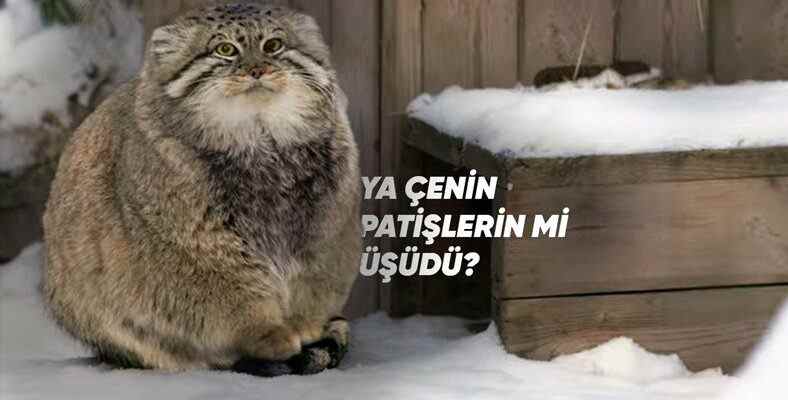We take a closer look at the Pallas cat, which is a very wild breed, although it is about the size of a house cat. The species in question looks much chubbier than it is due to its thick plumage.
naturally occurring in the wild advantages We see many different animals using it. There is a direct and an indirect one. For the direct one, we can cite the conscious use of spiders’ web-weaving abilities as an example. As an example of the indirect, we can point to things that give animals an advantage without them realizing it. for example sweetness or small size.
Pallas with his cat confronted, you can easily become a target because you won’t want to run away due to its surprising sweetness and tiny size. Well the moment you push it so cute and would be overturned Where does this cat that looks like live? Let’s look at the details together.
Neither friendly nor social: if cats had a discord, this would undoubtedly be the mod…
What makes Pallas’s cat look so chubby is what helps him adapt to his environment. bushy plumage. As you can see, the hairs in question grow the most in the abdomen. In addition, it turns gray in winter and a faded red in summer. On it, which appeared in the summer black lines stands out.
When we move to the head of this species, also known as the “Manul”, its round eyes, unlike other cats, greet us:
It has round ears extending to both sides of its round head and black spots between these ears. In addition, it progresses from the cheeks to the neck. black lines there is also. In documentaries, we often see the sweetest of these animals.
But if you happen to meet him on the high hills of Central Asia, he will look at you more like this:
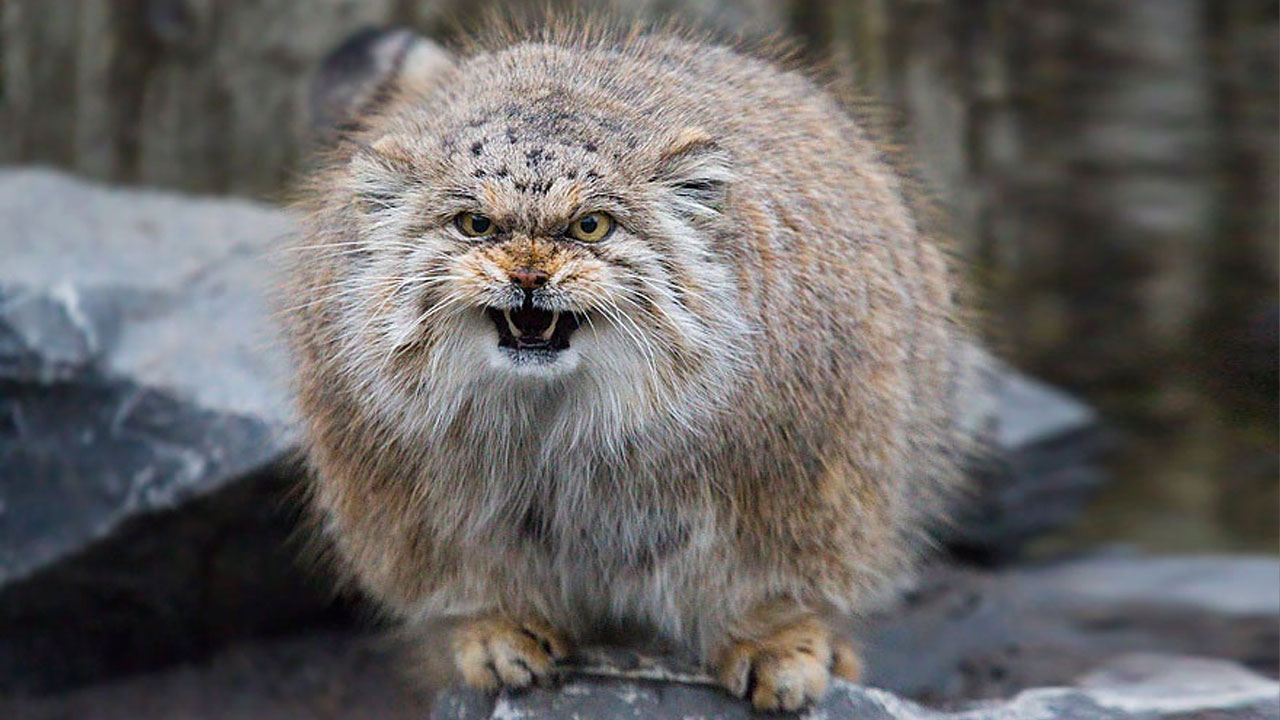
Yes, the Pallas cat is only found in countries such as Mongolia, Russia, Kazakhstan, Kyrgyzstan, and Uzbekistan. in Central Asia exists. The fact that they live alone and are mostly in mountainous areas are some of the factors that reduce their likelihood of being seen.
The yellow color shows where they exist, the purple color shows where they are thought to be, although it is not certain, and the red color shows where they are thought to have never been:
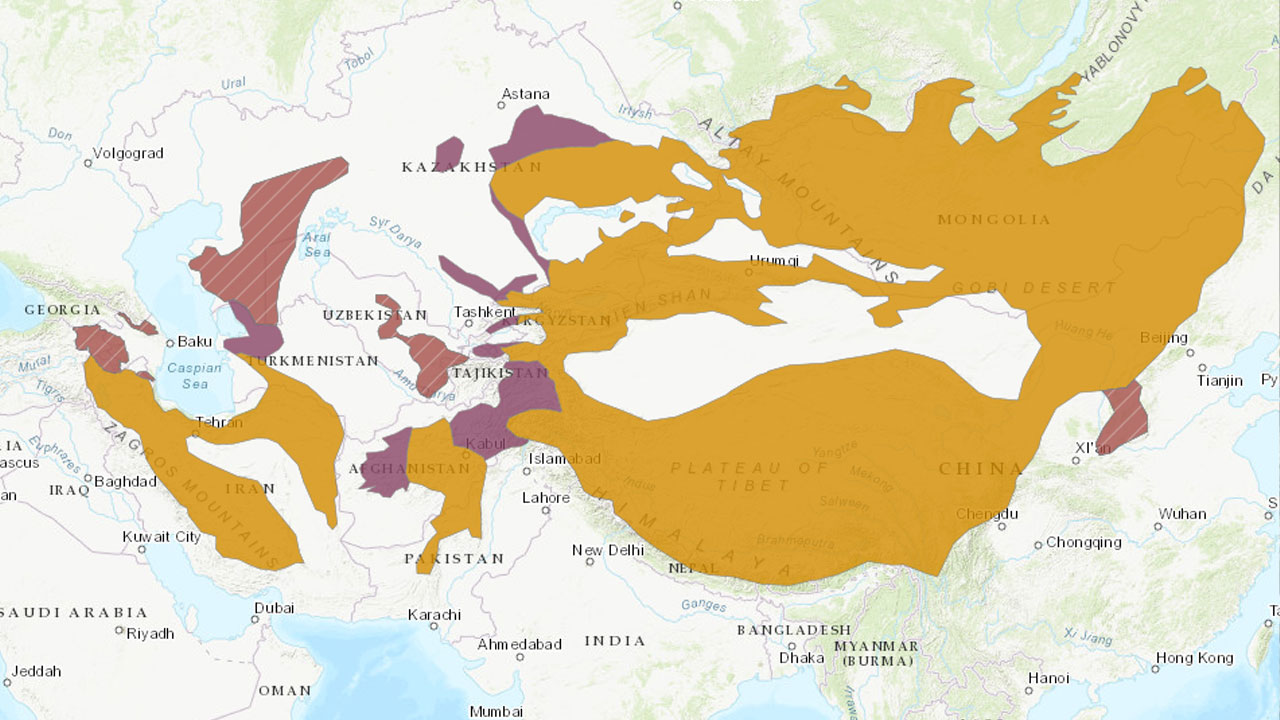
It’s no bigger than a house cat, but it’s sure to make you regret it if you try to take it home:
There are several reasons for this. First of all, this species is accustomed to the cold, high and rocky areas or plains we just mentioned. So when you take it home to adapt it will hardly be possible. immune system The fact that it has developed for different conditions will also leave it vulnerable to many diseases.
Yes, terrorizing the mountains of Asia with these legs:
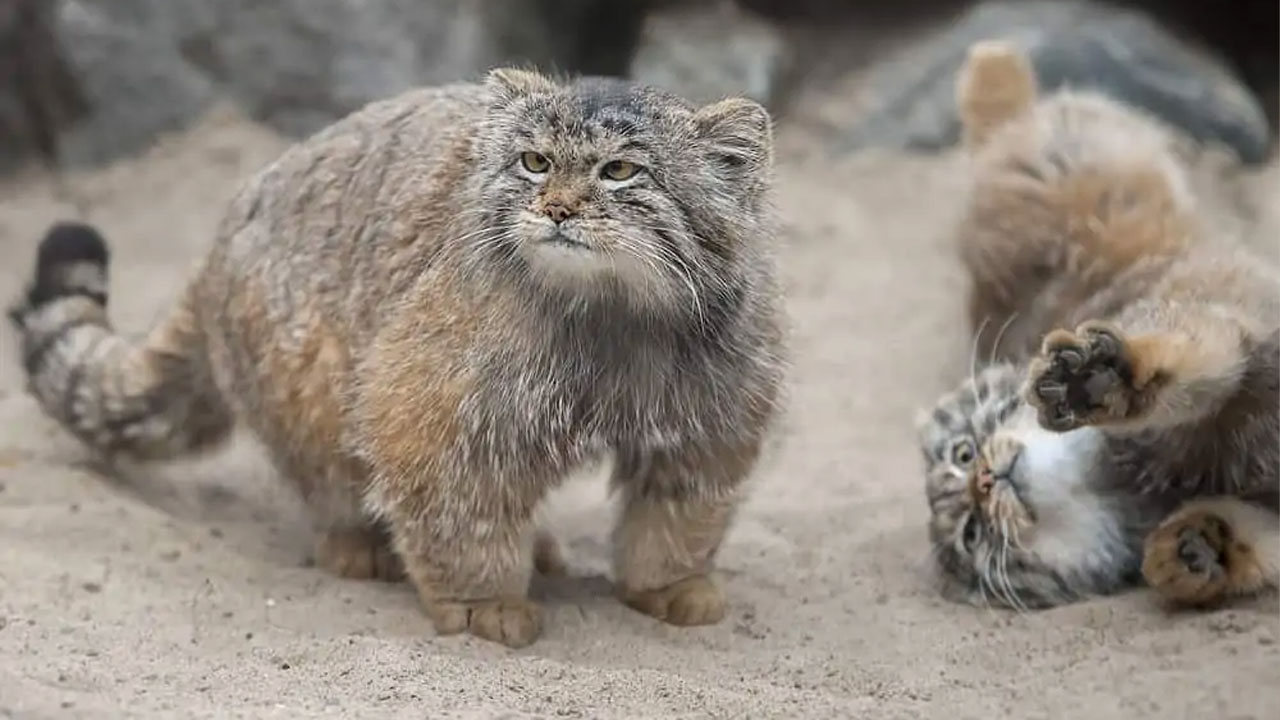
This species, which has short legs, is not very good in chases, as you can imagine. Not successful. Although it is much more agile than it looks, it makes up for this disadvantage with abilities such as camouflage. In addition, it is known that they climb trees to hunt animals larger than themselves and attack their prey from there. You will understand a complete guerrilla.
So what does it feed on?
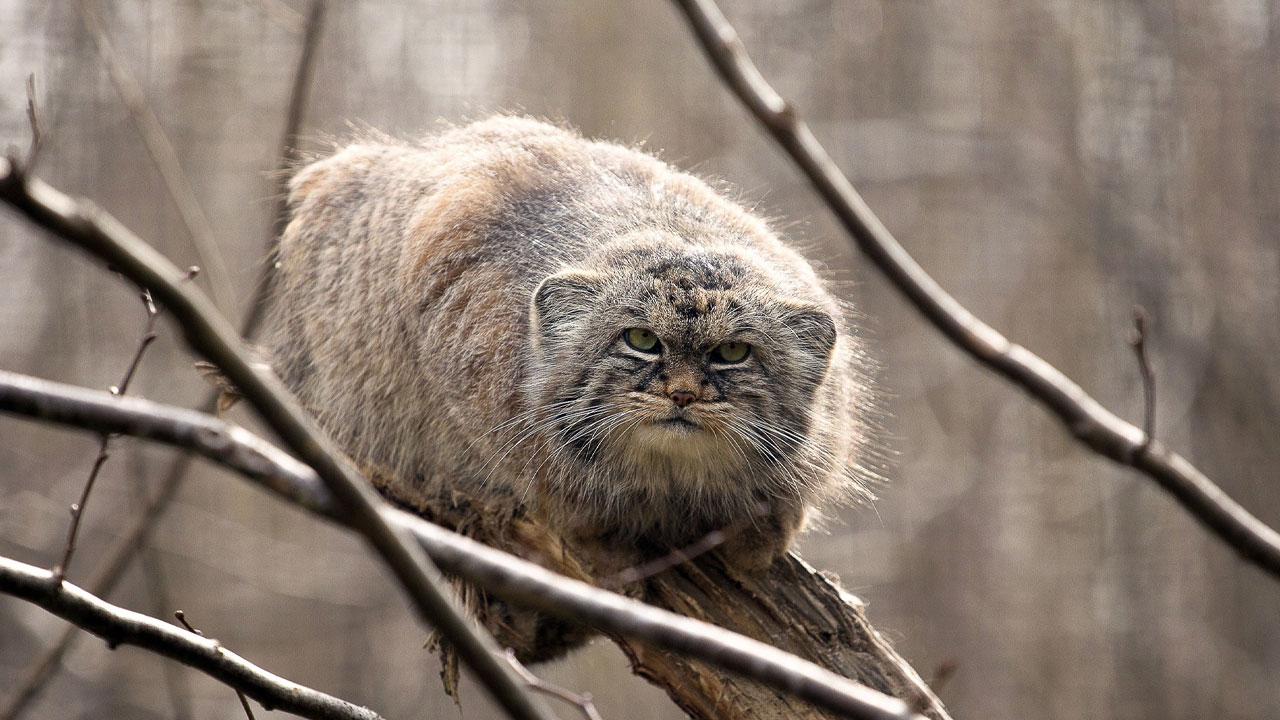
A very good hunter, Pallas’s cat is a good hunter with birds, reptiles, rodents and most of all. pica It feeds on a type of rabbit. Watch your movements carefully before attacking your prey. tracking also reminds us of master hunting. So rather than chasing prey to catch by surprise prefers.
Let’s talk about the breeding details:
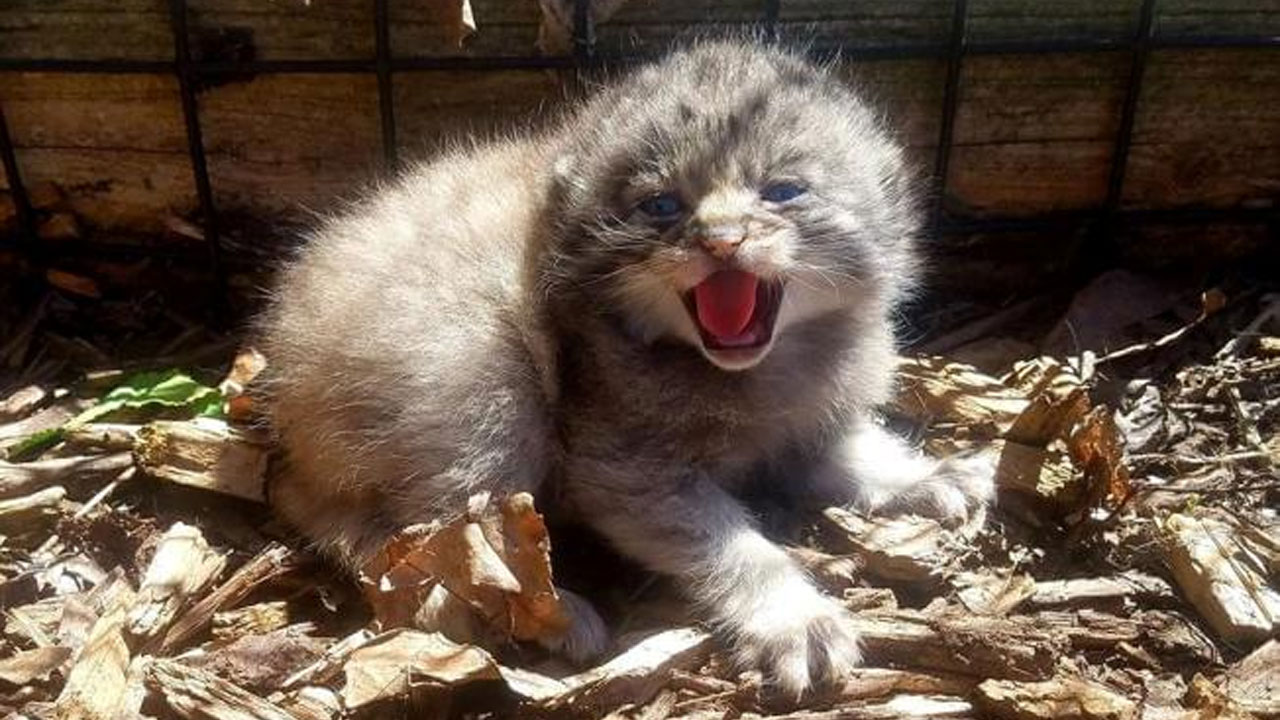
- One of the puppies born in captivity
December and March The mating period, which develops between the months of March and May, ends with the birth of the offspring. It was observed that the gestation period in those taken from their natural environment and followed in captivity was between 65 and 75 days. As a result of this, mostly 3-4 puppies, 1 and 1 6 pieces between them a baby was born. In their natural areas, the times are thought to be close to these. While the cubs can hunt with their mothers when they are close to 4 months old, they reach adulthood when they are 6 months old.
Unfortunately, most of the puppies in question are unable to adapt to harsh conditions. dying. When we add the destruction of natural areas to this, why in 2002 “ancestry almost under threatWe can understand that it has been added to the ” list.
RELATED NEWS
Don’t be fooled by her childish sad face: Meet the World’s Smallest Wild Cat, ‘Rusty Cat’!
However, IUCN, who decided on this, took the same species from the list in 2019 and took a step back, “species of least concern” moved it to the list. Still, the number of members is declining and it is thought that there are 58,000 adult members of this species.
resources: Petibom, Gage Beasly, Evolution Tree, IUCN, IUCN (2016), Wild Cat Conservation, Animalogic
